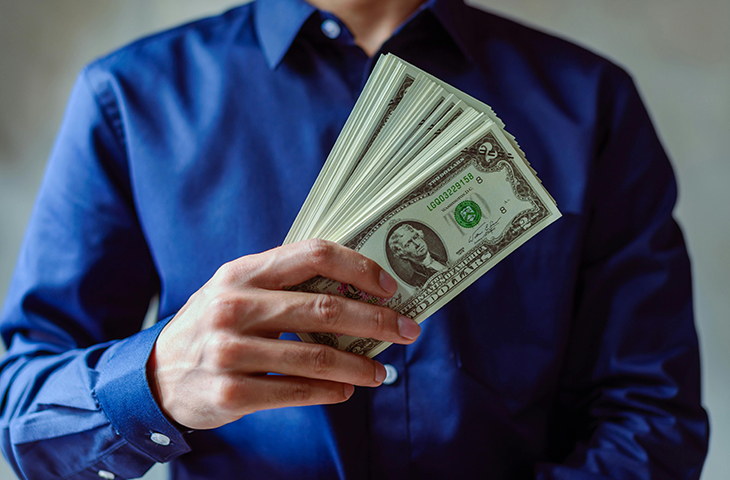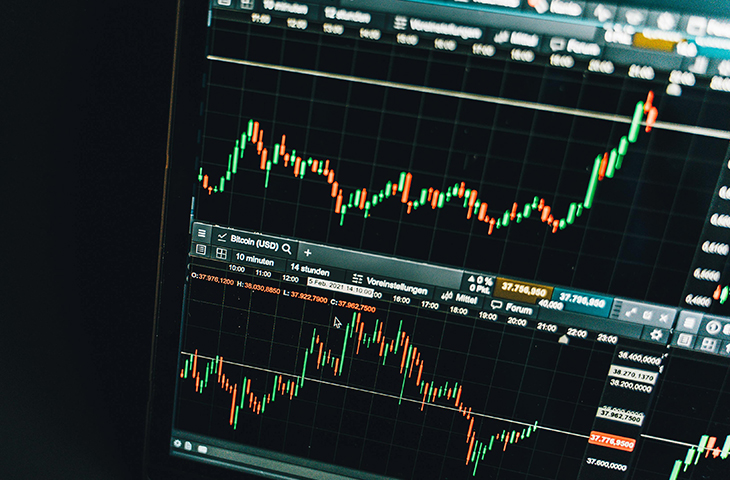Where Did Tesla's Demand Go?

More so than any other American company, Tesla (NASDAQ: TSLA) deserves credit for making the electric vehicle (EV) industry viable. After decades or even generations of talk about an electric car, Tesla has taken the concept mainstream, scaling production and turning a tidy profit against long odds, defying expectations.
That success in an industry that many think will eventually supplant traditional combustion vehicles, along with its big promises about autonomy, has allowed Tesla to earn a sky-high valuation and a market cap now well over $1 trillion, which compares to peers like General Motors and Ford that trade at single-digit multiples of their earnings.
Where to invest $1,000 right now? Our analyst team just revealed what they believe are the 10 best stocks to buy right now. See the 10 stocks »
According to the stock chart below, things continue to look good for Tesla. As you can see, the stock has jumped 56% since the end of 2023, overcoming an earlier setback last year.
However, now that Tesla's full-year results are in for 2024, a look at the numbers indicates that the business is much weaker than the stock surge indicates, and according to one number, Tesla could be in serious trouble.

Image source: Tesla.
Tesla's declining auto sales
Investors already knew that Tesla's vehicle sales fell in 2024, declining by 1.1% to 1.79 million, but the EV titan just confirmed that automotive revenue was also down last year, down 6% to $77.1 billion. Total revenue still rose 1% this year to $97.7 billion thanks to growth in its energy storage and generation business, and services, which are primarily software-based. But vehicles are the core component of the business, and its services, which made up $10.5 billion in revenue, depend on them as well.
Tesla's decline in automotive revenue means that both volume sales of its vehicles and average selling price declined. This occurred even as it rolled out the new Cybertruck, presumably expanding its production capabilities as well.
Tesla lowered prices on its vehicles last year. It's not fully clear why, but typically businesses lower prices to stay competitive with the market and move inventory, and those rules apply to Tesla as well. According to conventional laws of economics, when prices fall, demand is supposed to go up, but that's not what happened with Tesla. Instead, demand continued to fall.
CEO Elon Musk has complained time and again about the impact of high interest rates on demand, but high interest rates have affected all automakers equally. Tesla acknowledged in its fourth-quarter earnings report that "Affordability remains top of mind for customers."
As the chart below shows, Tesla's market share among all vehicles, not just EVs, has fallen over the last year in North America and Europe, while it's risen slightly in China, the world's largest EV market.

Image source: Tesla.
As you can see, Tesla's market share has plateaued over the last two years and even begun to decline. The company's challenges extend beyond the general slowdown in the electric vehicle market; it's also losing overall market share in the automotive industry.
There isn't a clear reason for that plateau, though there are several factors that seem to have caused it. Those include increasing competition from other EV makers, a base of early adopters for EVs that seems exhausted, concerns about range and charging, and perhaps some brand fatigue, especially as Tesla has been slow to update its fleet, unlike traditional automakers that release new models every year.
Can Tesla return to growth?
Musk continues to make big promises around autonomy, and if Tesla pulls off full self-driving and robotaxis the way he envisions it, the current pause in growth won't matter. The market, however, seems to be overlooking the evident challenges the company is facing.
Tesla said it has a capacity of three million vehicles, and it expects to return to vehicle growth in 2025, though it didn't give specific numbers. Analysts expect 19% revenue growth this year, most of which should come from vehicle growth.
For now, investors seem to trust Musk as the stock rose after hours in spite of missing estimates, but Tesla could have a long way to fall if demand continues to be challenged. Given its lofty valuation, Tesla stock seems to have more to lose than to gain at this point.
Don’t miss this second chance at a potentially lucrative opportunity
Ever feel like you missed the boat in buying the most successful stocks? Then you’ll want to hear this.
On rare occasions, our expert team of analysts issues a “Double Down” stock recommendation for companies that they think are about to pop. If you’re worried you’ve already missed your chance to invest, now is the best time to buy before it’s too late. And the numbers speak for themselves:
- Nvidia: if you invested $1,000 when we doubled down in 2009, you’d have $311,343!*
- Apple: if you invested $1,000 when we doubled down in 2008, you’d have $44,694!*
- Netflix: if you invested $1,000 when we doubled down in 2004, you’d have $526,758!*
Right now, we’re issuing “Double Down” alerts for three incredible companies, and there may not be another chance like this anytime soon.
*Stock Advisor returns as of January 27, 2025
Jeremy Bowman has no position in any of the stocks mentioned. The Motley Fool has positions in and recommends Tesla. The Motley Fool recommends General Motors. The Motley Fool has a disclosure policy.


